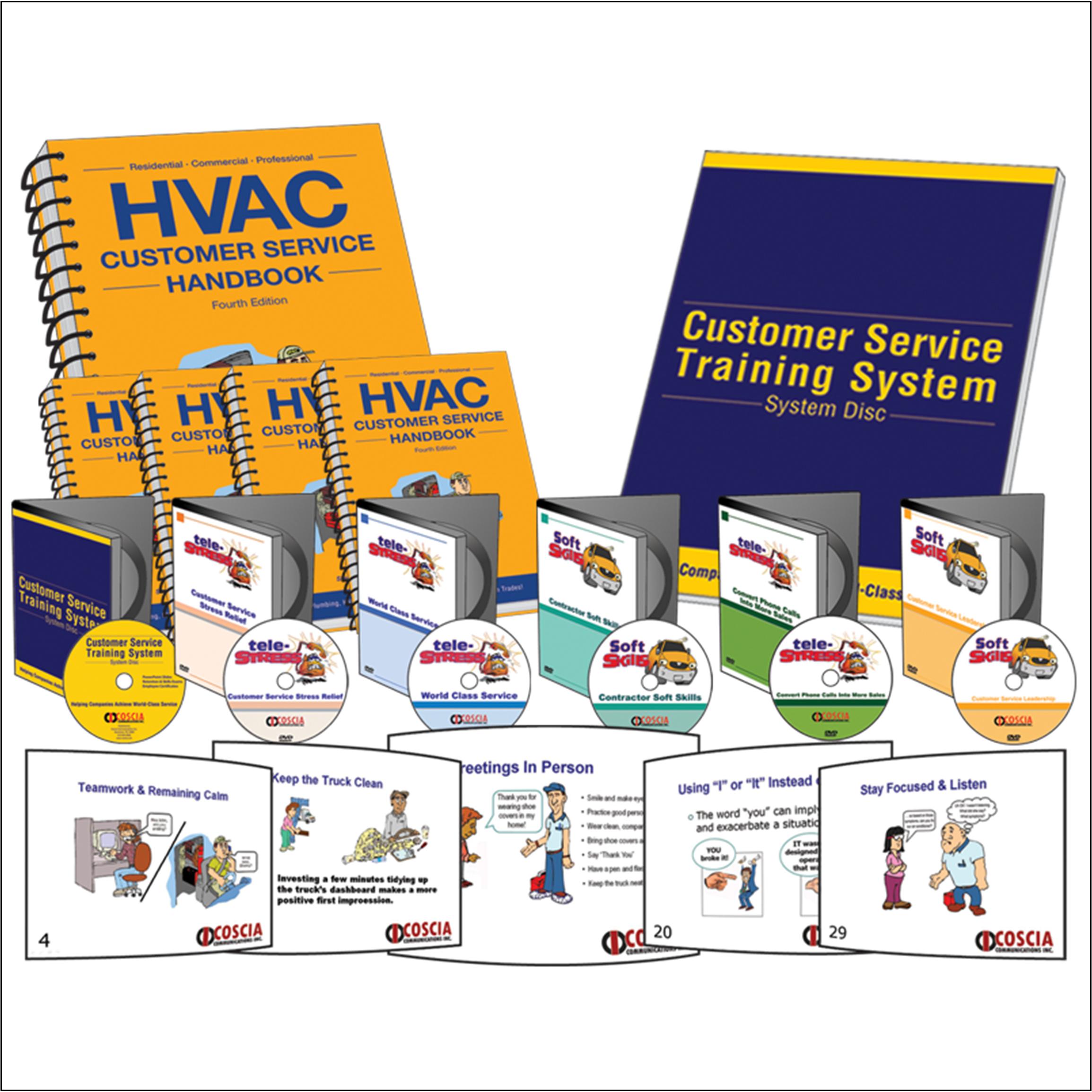
By the early 1980s, Havis-Shields Equipment Corporation had successfully branched into manufacturing, introducing a telescoping light product for the fire apparatus market. The company's products now include in-vehicle consoles and computer mounts, K-9 transports, motorcycle lighting systems, prisoner transport solutions, and other vehicle accessories.
In 1998, Havis Shields' president Joseph Bernert predicted they would soon need more space than their existing 30,000-sq-ft building. A decision was made to develop layouts for a new plant, and property was purchased for a new 88,000-sq-ft facility "down the street" which the company would occupy in 2002.
During the planning stages for the new building, a nagging concern of Bernert's was the potentially high cost of heating almost three times more space to ensure employee comfort in Pennsylvania's typical September through April heating season. "Employee comfort level is at the top of our list," he said. High maintenance expenses and rising energy costs associated with the cranky and inefficient warm air blowers in a previous building were troubling. "The blowers seemed to run all the time, and still employees were not comfortable," he added. "They might be working inside an EMS vehicle where it was too hot and then find themselves out on the shop floor where it was too cold."
Putting The Heat Where It's Needed
Bernert brought in Dave Cooper, president of Guy M. Cooper Mechanical Engineers, whose company had performed heating service and repair work in the past. Cooper and his staff studied the new plant's layouts which included eight independent zones of manufacturing and vehicle outfitting. Not all zones would be operating at the same time, they learned, and vehicles entering and exiting the building through the large bay doors could cause significant heat loss and chilled employees working in adjacent areas.Also, the building's specs called for a 30-ft ceiling height to allow for future expansion, possibly in the form of tiered mezzanines. "Clearly, high intensity gas infrared heaters are the logical choice for this building," said Cooper. They direct the heat right at the level where people work. Other systems are designed to heat air, and in a workplace with 30-ft-plus ceilings that makes them much less efficient. He recommended Solaronics infrared heaters for the new facility.
Positioned high above the shop floor and out of the way of plant equipment, the high intensity infrared heaters reach maximum operating temperature in less than 30 seconds. With no moving parts, they beam infrared energy that becomes warm, radiant heat as it reaches floors, work surfaces, machines, and most importantly, the employees below - similar to the way the sun warms the earth. And even after the heaters cycle off, people remain comfortable because they retain heat longer.
According to Cooper, Solaronics heaters can be strategically installed in zones about the facility depending on individual work area's needs. Employees operating heat-generating machines need less heat than people in other departments, such as shipping and receiving where bay doors are constantly opening and closing.
Dave Cooper and Solaronics' Pennsylvania representative Edward Gannon, president of Radac Sales Corp., configured the heaters to meet the needs of the eight work zones. A total of 41 individual heaters, each rated for 80,000 Btuh input, were specified. Bernert appreciated this flexibility, since his company must be prepared to adapt his product mix to future vehicle changes.
Fuel Savings Of Up To 75% Expected
But best of all, Bernert anticipates that heating costs to run his Solaronics infrareds, covering three times his previous space, will be about the same as before. Both Cooper and Gannon maintain that fuel savings of up to 75% over conventional warm air blowers can be expected.With the high intensity heaters, employees work comfortably in shirts and move from area to area with ease. The goal of energy efficiency is easily met with the eight different zones. For example, heaters may be turned off in a particular zone if work is completed, or a small weekend crew may only be working in one part of the building. They get the heat they need to stay comfortable and don't have to heat the entire building.ES








